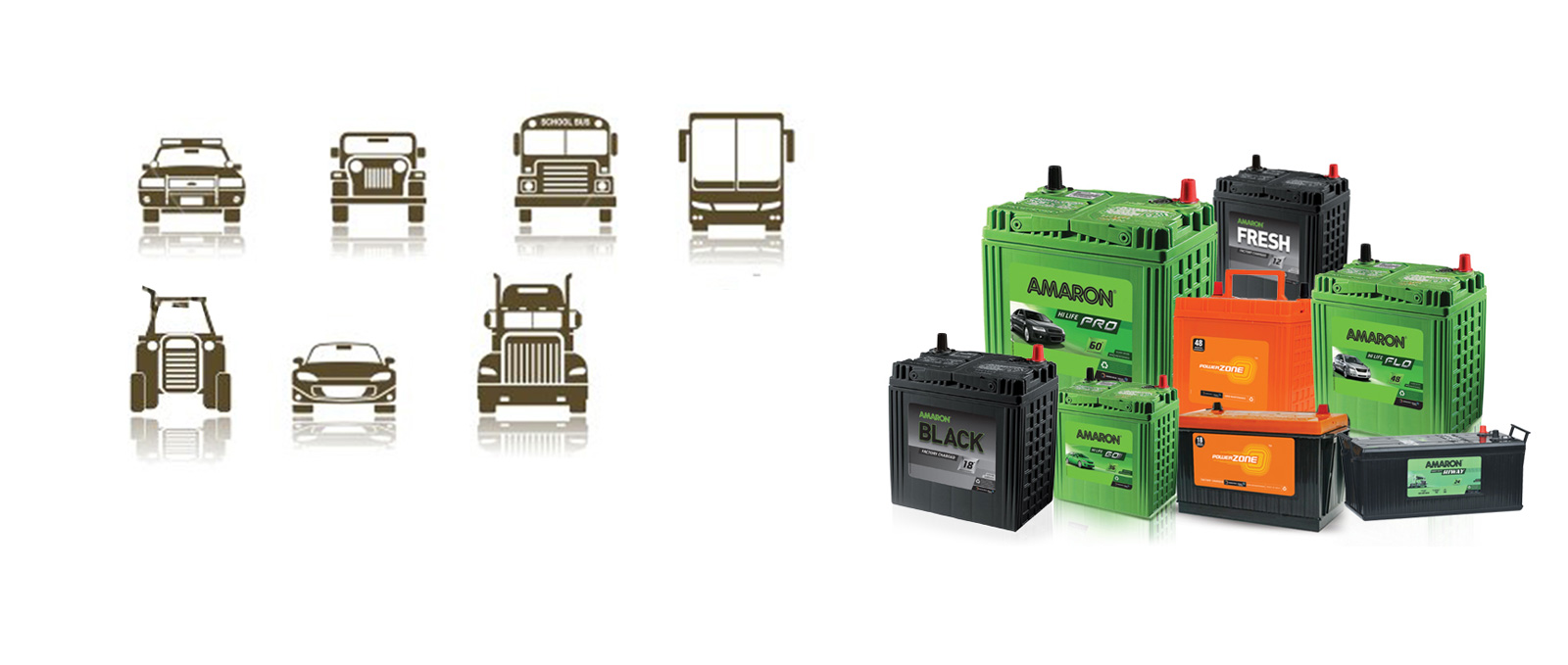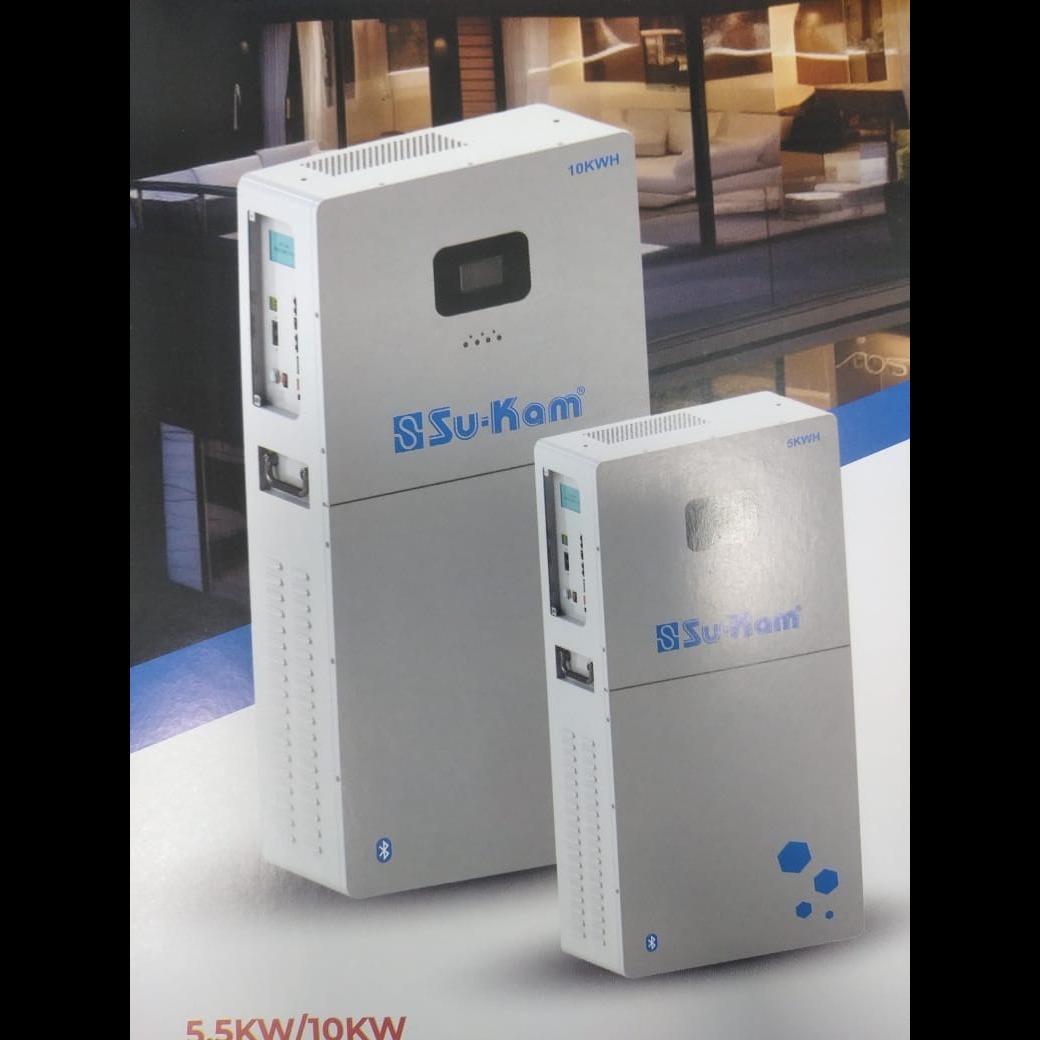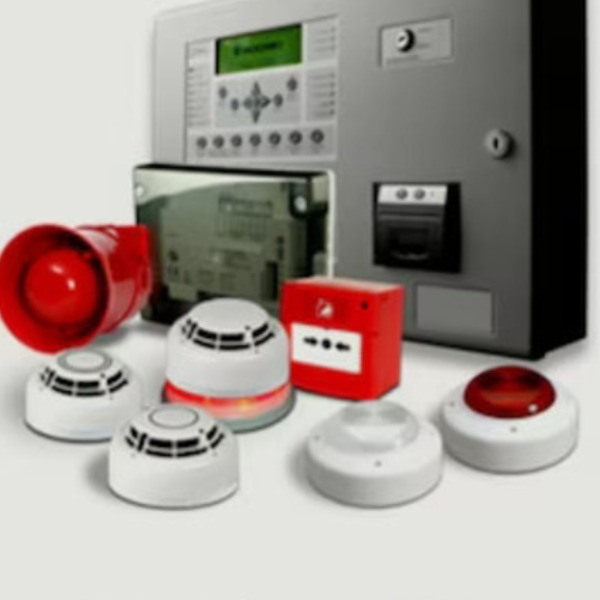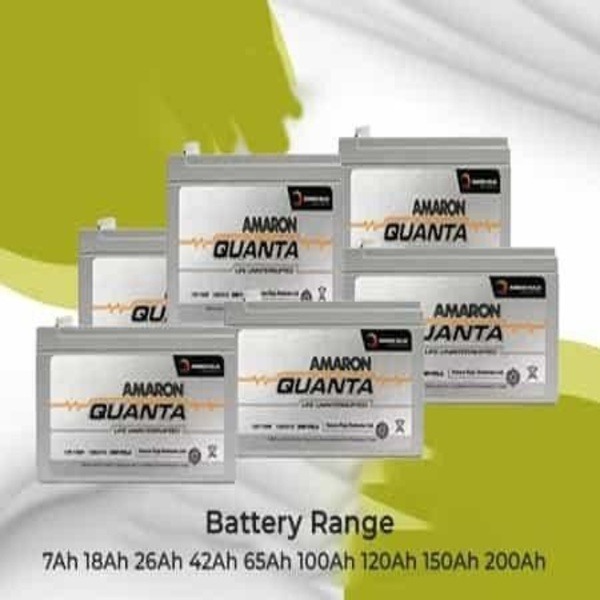
Automotive Batteries
Types of Automotive Batteries:
Lead-Acid Batteries:
Traditional, cost-effective.
Shorter lifespan (3-5 years).
Common in older vehicles.
AGM (Absorbed Glass Mat) Batteries:
Maintenance-free, better performance.
Resistant to deep discharges and vibrations.
Ideal for modern vehicles with high electrical demands.
EFB (Enhanced Flooded Battery):
Designed for start-stop technology.
Improved cycling capabilities compared to standard lead-acid batteries.
Key Features:
Voltage: Most automotive batteries are 12 volts.
Capacity: Measured in amp-hours (Ah), indicating how much energy the battery can store.
Cold Cranking Amps (CCA): Indicates the battery's ability to start an engine in cold temperatures.
Maintenance Tips:
Regularly check battery terminals for corrosion.
Test battery health annually, especially after 2-4 years.
Replace batteries every 3-5 years, depending on usage and climate.
Disposal:
Recycle old batteries at retailers or designated recycling centers to minimize environmental impact.



